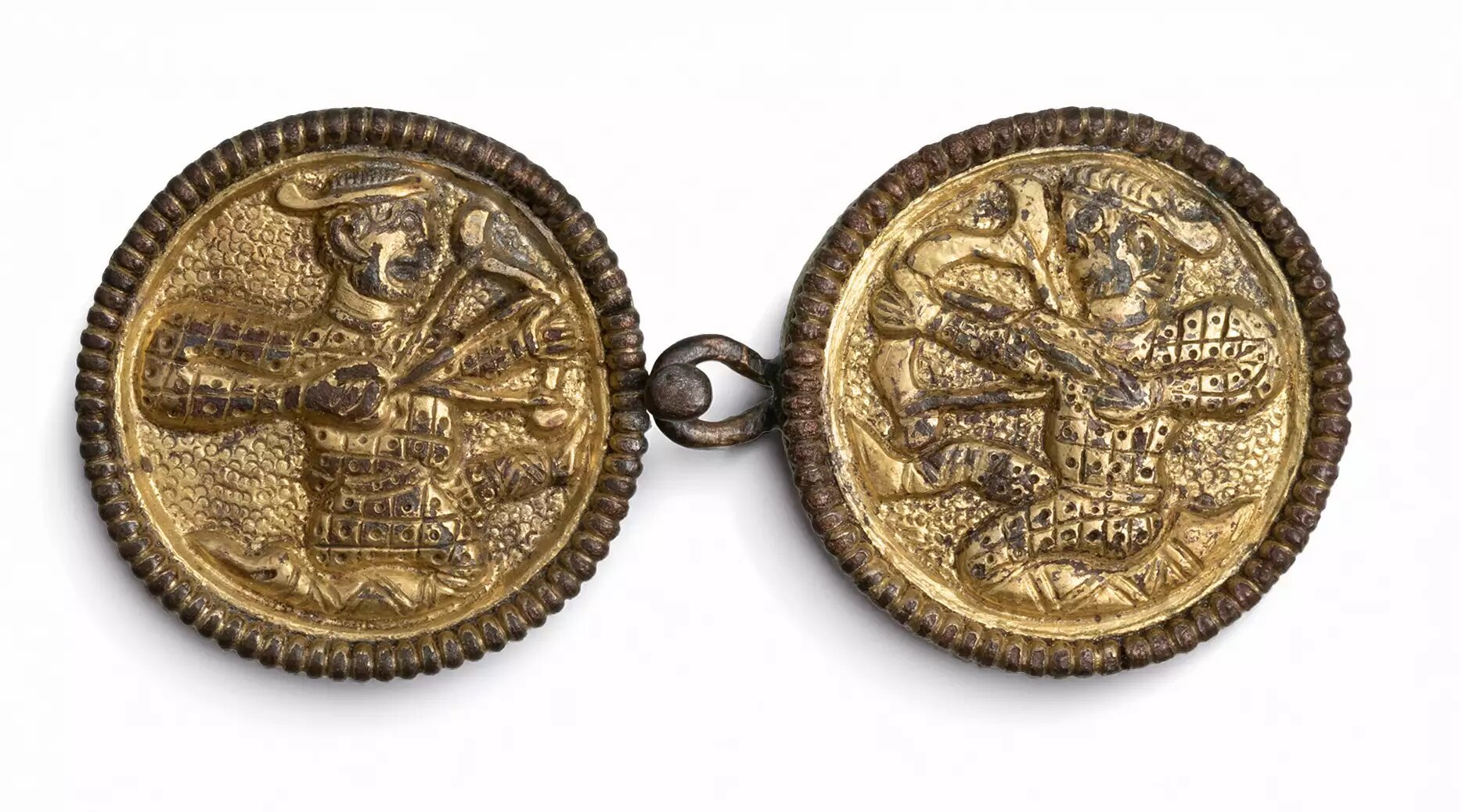- cross-posted to:
- [email protected]
- cross-posted to:
- [email protected]
Researchers from the Max Planck Institute for Evolutionary Anthropology, together with an international team, carried out an archaeogenetic study of human remains from more than 700 individuals from the Early Middle Ages. Two large burial sites, Mödling and Leobersdorf, have been genetically analyzed in their entirety. The surprising result was that the individuals from Leobersdorf were mostly of East Asian origin, while those buried in Mödling mostly had European ancestry. Both communities lived next to each other for at least six generations.
almost none of the mothers had local ancestors: they must therefore have come from other regions and other communities. However, there were hardly any genetic connections between Mödling and Leobersdorf. […] the women that became mothers in Leobersdorf apparently came from communities that also descended from East Asia (possibly from the center of the Avar realm), while in Mödling they were of European descent. Yet they did not differ in status or wealth. “Status symbols such as belt fittings depicting griffins, and their culture and customs were the same. Most likely both considered themselves Avars”
Hmm… if these assortative marriages weren’t based on class, culture, or (perceived) nationality, could they have been based on language?


